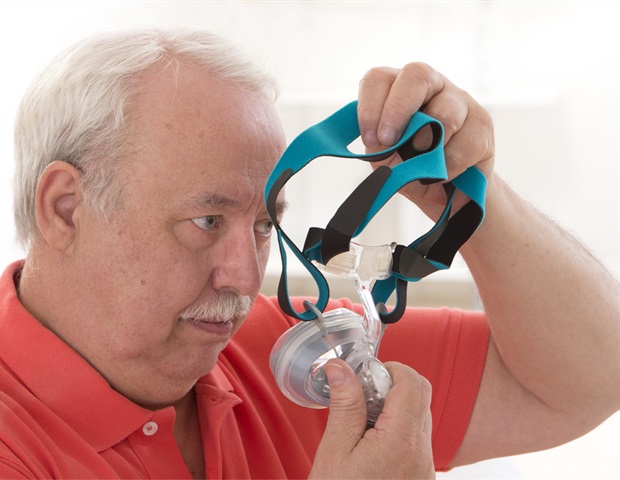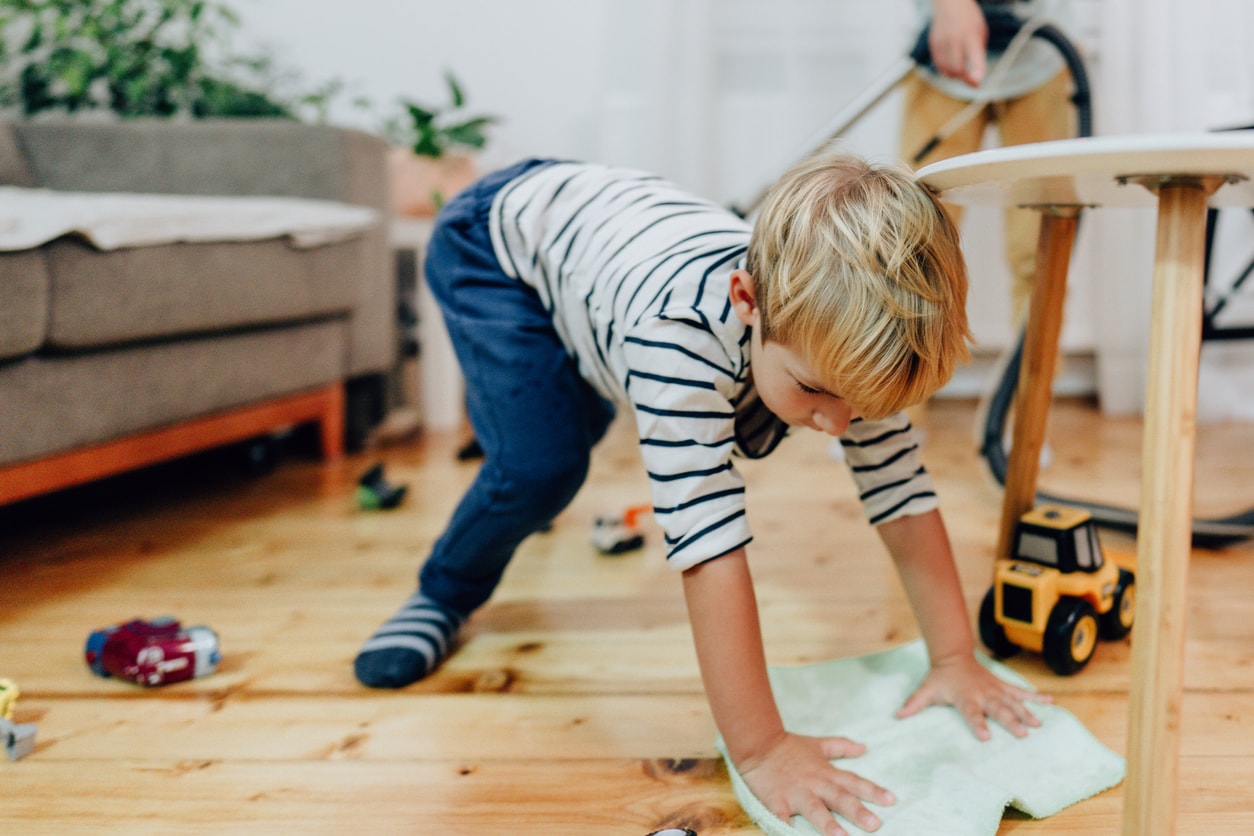Sensory processing disorder is a challenge that many kids and adults alike face. If you are looking for solutions for sensory challenges, then you’re in the right place, since today we have a DIY sensory tool to help your little one process sensory input in an easy way. And you already know we love handmade products that are useful too!

Make Your Own Weighted Lap Belt
Two of the Kids Activity Blog writers have kids with sensory processing difficulties. As part of a mini-series, we are sharing some sensory aids that we have made and/or use regularly to help our families.
Related: Make a sensory bag
This is a weighted lap belt. It is perfect for kids who are constantly jiggling their legs. You know the kiddo, it’s like he has ants in his pants?
All. the. time? This weighted lap pad can help as it applies gentle pressure and helps children feel more calmed and organized, as it helps eliminate feelings of restlessness. But we’ll talk more about weighted products in a minute.
Sensory processing disorder is often treated with occupational therapy, sensory diets (it is a list of sensory activities for home and school that are designed to help your child stay focused during the day – here, the child’s preschool teacher plays an important role) and a good way to treat it at home is with a weighted lap blanket or lap pads. These are also great for long car rides too.
So, who are good candidates for this wonderful sensory tool? Anyone with fidgety fingers, a short attention span, or that simply needs deep pressure touch is a good fit.
This article contains affiliate links.
How to Make a HOMEMADE RICE SNAKE – WEIGHTED PADS
We just love how simple this tutorial is. You don’t even need a sewing machine, and most of the supplies you probably already own or can get easily.
This weighted pad is the perfect size to stay on a child’s lap easily, but you can make it in different sizes depending on your own needs.
Supplies Needed
- Clean Sock – try to get a super long one. We are using a knee-high tube sock we got from the Dollar Store. My kids love the fuzzy texture.
- Rice – we used 8 cups of rice. A LOT! The amount you will use depends on the size of your sock.
- Needle and thread
- Essential oils – We suggest using an oil or blend that can be calming to your child. Here are some essential oils and their properties:
- Lavender – it helps soothe the mind and balance the body.
- Copaiba – makes you relax and feel at peace.
- Cedarwood – creates a comforting environment.
- Vetiver – encourages calm and tranquility.
- Peace and Calming – It’s a blend of tangerine, orange, ylang ylang, patchouli and blue tansy. Promotes the feeling of relaxation and balance.
- Frankincense – can help you feel calm, collected, and centered.
- Orange – creates a chill environment with a sweet scent.
- Stress Away – combines lime and vanilla extract that can help make you feel refreshed and uplifted.
- Sacred Mountain – its aroma is balancing and comforting, perfect for focusing.
- German Chamomile – Promotes feelings of peace and relaxation.
Instructions for DIY Weighted Lap Belt

Step 1
Fill the sock with the rice. We poured our rice into a large mason jar, then pulled the sock over the edge – no spills!
Step 2
Darn the top of the sock closed. And then sew it one more time.
Tip: You want to make sure that it is fidget-proof. My kiddo likes to pick at the top of his sock snake. This is also why we don’t have button eyes on our snake – he would pick at that and holes would develop. Give your kids less to pick at.
Step 3
Add drops of essential oils onto the snake. For kids who need a little extra to quiet the fidgets, add more drops of lavender. For kids who get irritable, try a relaxing blend. Add more drops every time you notice the smell starting to fade.
Why Weighted Sensory Aids Work
When your kids have a weight on their legs they are less likely to bounce them and the constant pressure/kinetic stimulation helps them focus their other senses – like their vision, so they can read for longer periods of time.
Perk: The sock can also double as a heating pad. Just put it in the microwave for 20 seconds at a time until it is the temperature you desire. It feels marvelous around your neck if you have tension.
We just want to remind you that this information is not medical advice and that if you have significant health concerns you should always make sure to contact your health care professional.
Sensory disorder, also called Sensory Processing Disorder (SPD), is a condition that affects the nervous system and the way the brain processes sensory information (called sensory stimuli or simply stimuli). This information includes things you see, hear, smell, taste, or sense of touch, and although it can affect adults too, it usually affects children.
SPD may affect all of the senses or just one, and people with this disorder are usually overly sensitive to sensory input that other people are not, or might be less sensitive than other people, and although we don’t know exactly what are its underlying causes, some health professionals believe it is related to the autism spectrum disorder or other similar disorders.
How is SPD treated in kids?
Sensory processing disorder is not just about being oversensitive, in fact, it can even be the opposite – some people with sensory processing disorders are hyposensitive, which means they feel touch less intensely. Kids who are hyposensitive probably seek out touch and firm pressure. There have been studies that prove that touch and massage therapy can help individuals with tactile defensiveness without feeling overstimulated.
These weighted blankets and lap blankets are often recommended for children and adults to sleep and sit for longer periods of time as they offer support in self-regulation, add deep pressure, and sensory integration regulation.
CHECK OUT THESE SENSORY ACTIVITIES FROM KIDS ACTIVITIES BLOG
Did you make this fun snake weighted lap pad for kids? Did your kiddo like it?

 PARENTING TIPS
PARENTING TIPS







 PREGNANCY
PREGNANCY








 BABY CARE
BABY CARE








 TODDLERS
TODDLERS








 TEENS
TEENS








 HEALTH CARE
HEALTH CARE







 ACTIVITIES & CRAFTS
ACTIVITIES & CRAFTS








 CONTACT
CONTACT ABOUT
ABOUT

















